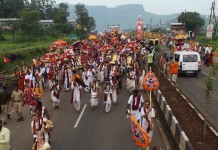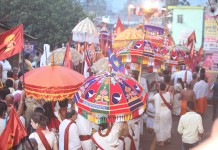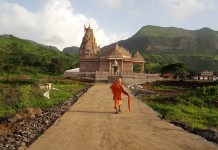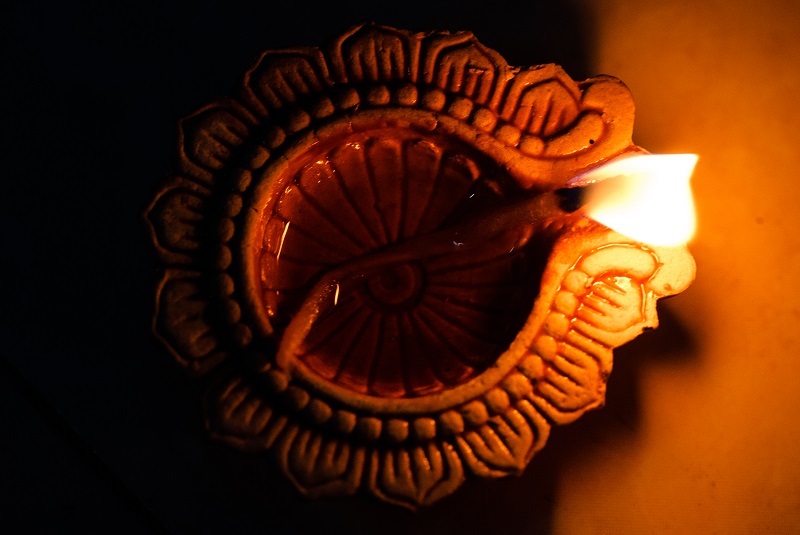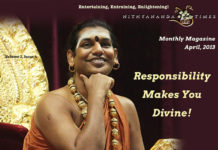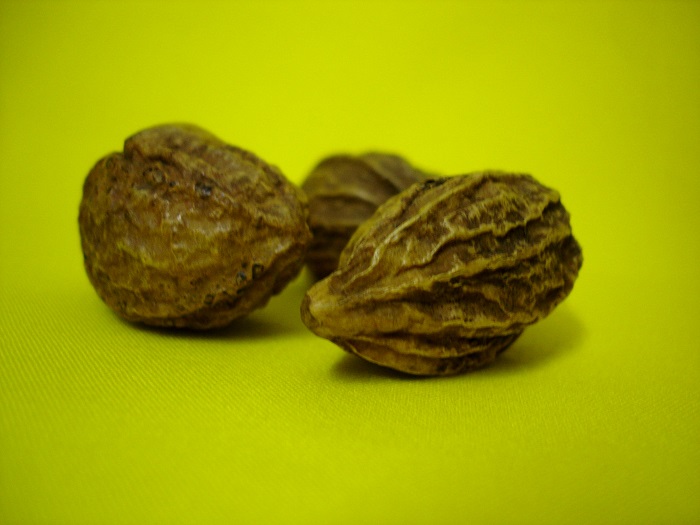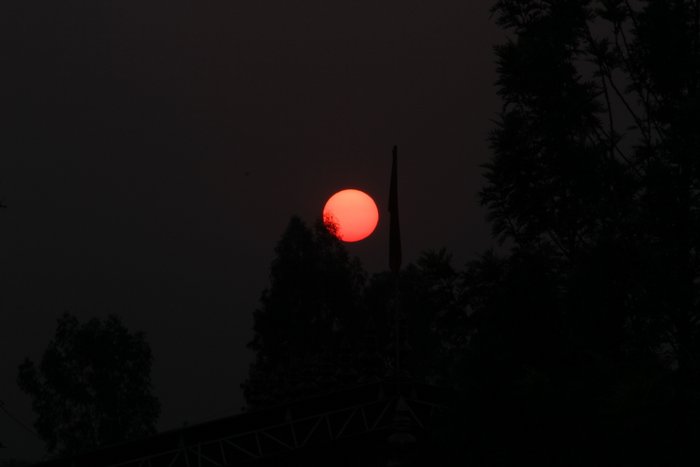The pouranic tale of amrit manthan is one that is replete with vital life lessons that show a wayfarer the right path to fulfillment even today. Though many yugas old, it is easy to see a parallel between the actions of the gods and demons of that time and today.
Amrit Manthan – How it All Began
It all began when the gods began to notice the growing arrogance in Indra, the king of the gods. Devarshi Narada, an enlightened sage or Rishi amongst the gods, and Rishi Durvasa, another sage, decided to help Indra realize his arrogance by handing a Vaijayanti Mala – a divine flower garland – to him. The specialty of this flower garland was that it only stayed with the one who has been able to conquer his mind. Indra failed in this task because of his arrogance and his ego was severely wounded. His ignorance combined with his arrogance made him declare that he was as great as Lord Shiva himself. This stirred the anger of Rishi Durvasa, who cursed Indra. As a result, the devas lost all their power and wealth, including Devi Lakshmi, who is the goddess of wealth.
As this news spread, the asuras (demons), led by King Bali, felt that this was the right time for them to launch an attack on the devatas (gods) and snatch the Svarga loka from them. They defeated the devatas and fled with the amrit kalash, or the earthen pot of nectar, with the devatas in pursuit. As Indra and Raja Bali, fought over the pot, drops of the nectar fell on the earth. The four places where this nectar fell are Hardwar, Prayag, Ujjain and Nasik, which are now spiritual centers called ‘Maha Kumbh’. At the end of this fight, the amrit kalash slipped from their grasps and fell into the ocean.
The Tussle and the Challenges
Seeing this, Lord Shiva declared that the devas and asuras must work together to retrieve the nectar. If not, Samudra Manthan or the churning of the sea to retrieve the nectar was impossible. Thus, both parties reluctantly agreed to work together.
The asuras and devas decided to use Mount Kailash (Mahadeva’s abode) as the spindle and Vasuki (Mahadeva’s ornament and the king of snakes) as the rope but didn’t bother taking permission from Mahadeva. Only when they started churning did they realize that the spindle was sinking and that Vasuki was going to vomit poison. The two groups didn’t know what to do and they ended up arguing and blaming each other. Finally, they gave up and decided to leave the matter to Mahadeva and Vishnu, knowing that they wouldn’t let Kailash drown. Seeing that the Cosmos was in danger, Mahadeva and Vishnu came down to resolve the situation.
In this way, they began the process of churning the ocean. Lord Vishnu took his kurma avatar, the form of a tortoise with the mountain balancing on his shell. Before long, the ocean began to give out poison which was so toxic that it could destroy all of creation.
Seeing this, Mahadeva entered the ocean and began to drink all of the poison. Before the poison passed His throat, Devi Parvati put her hand on His throat to stop the poison there, and promised to reside in Mahadeva’s throat by supplying her Shakti or strength, so that the poison would never leave it. The poison vanished from the ocean after this, rendering it pure once again.
On further churning, the ratnas or treasures began to emerge from the ocean. As these ratnas were being divided among the two parties, some asuras ran away with the amrit kalash. Then, Vishnu took the form of Mohini, a beautiful woman, and distracted the asuras. He took back the amrit kalash and the nectar was distributed among the devas.
The Everyday Samudra Manthan And What You Can Do About It
The real question is the relevance of this story in an individual’s life. Disciples get jealous of the status that the master holds, rather than working towards realizing his state. They forget that by seeking the state, they can achieve the status as well. This is the case with Indra seeking the status of Mahadeva out of arrogance. Narada is the prayer required when one realizes that he needs something beyond himself to achieve this state. The devas are the positive thoughts and the asuras are the negative, depressive thoughts that arise in each person. The technique of unclutching from both of these is the spindle, the Kailash mountain. The balance for this technique is the Master or the tortoise. When churning happens, both thoughts pull the individual consciousness, Vasuki, in two directions. The tiredness and depression emitted out are the poison. These come out of the individual’s system and the compassionate Master, or Mahadeva, swallows it.
For anyone who is looking for transformation in life, this is the example of what the journey may look like. What is needed throughout the journey is to keep the seeking alive and intense; to not cave in and let ignorance take over. Ignorance and arrogance always exist in a combination. Master is the master key to unlock that combination.
Kumbh Melas happen in the places where the amrit or nectar of immortality fell during the course of the struggle. Hence, these are the places where the experience of immortality is eternally available to all beings. It is the place to find solutions from the very life struggles of human beings.

